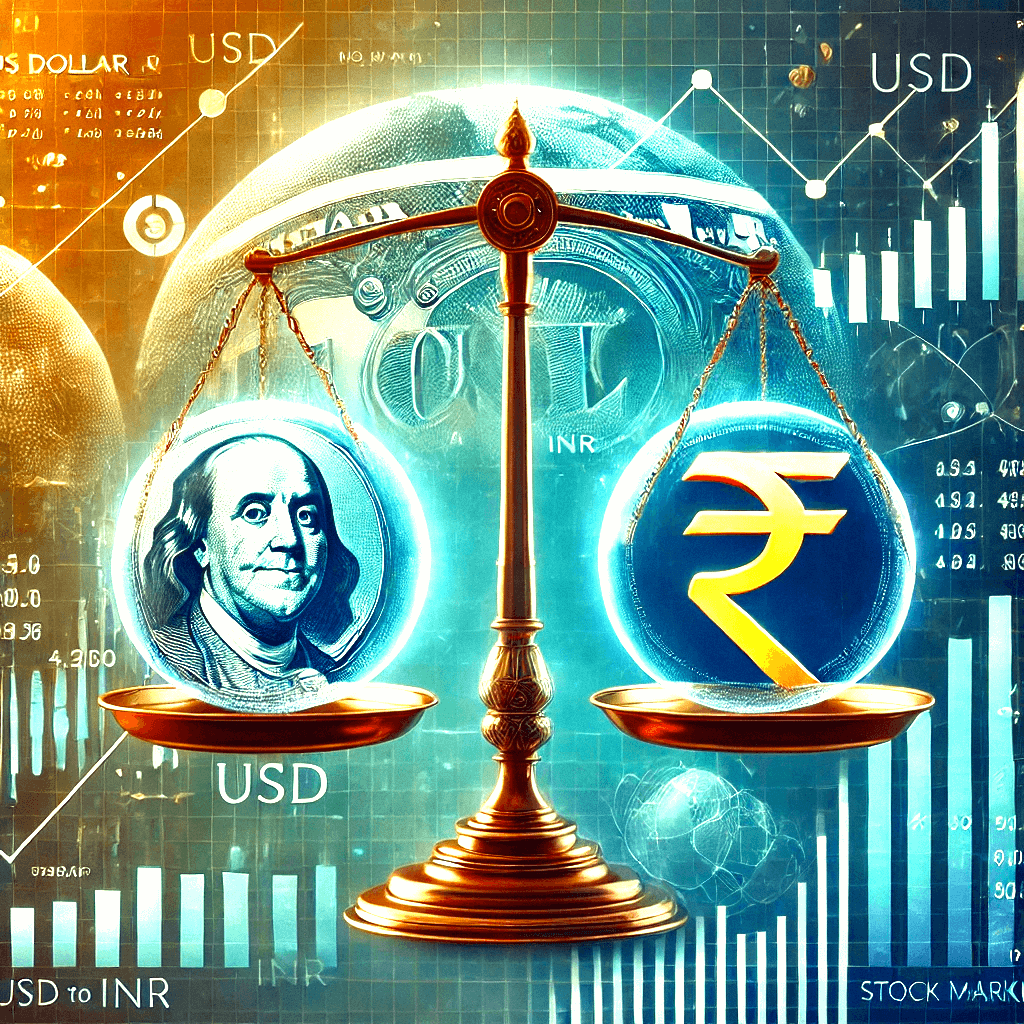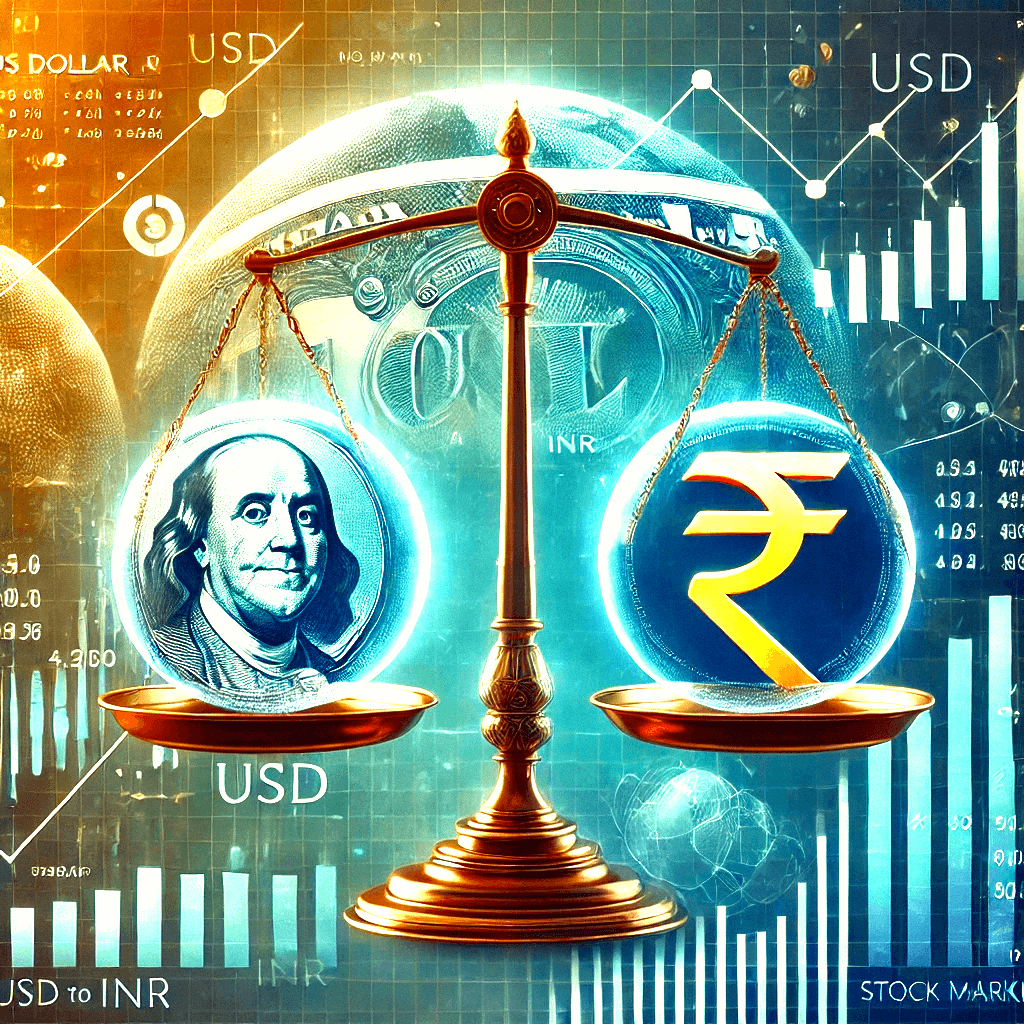Understanding how the Rupee (INR) compares to the US Dollar (USD) is necessary for the trade, investment and financial stability of India. The rate at which the USD and INR are exchanged showcase the relative economic conditions of both these countries’ economies. In this article, we will discover the primary causes, the historical trends, and the effects caused by the sudden change of exchange rate across different sectors of the economy.
Historical Trends of USD-INR
As in the case with most emerging economies, the value of the Indian Rupee (INR) has continuously depreciated against the US Dollar(USD). In the modern period or the 1990s, the INR:USD exchange rate was estimated to be 17 INR for every dollar. Due to Industry and market forces liberalization, inflation along with trade deficits the value of INR has yearly weakened, until surpassing what is now 86 INRs per USD in 2025.
Some examples of key events that impacted the exchange rate:
1991 Economic Reforms – To resolve the balance of payment crisis, the country India decided to depreciate their currencies value which caused an exchange shock.
2008 Global Financial Crisis – During this time, withdrawal of investments in emerging economies resulted in a major drop in the value of INR.
2013 Taper Tantrum – This event refers to when the Federal Government of the United States reduced their monetary stimulus which resulted in smartphone capital flight from the Republic Of India.
COVID-19 Pandemic (2020-2021) – There was volatility of the rupee due to uncertain economic conditions and foreign investments.
Recent Depreciation (2023-2025) – There are fundamental causes for decline of the rupee’s value, such as high inflation, oil price instability, and geopolitical tensions.
Factors Influencing USD-INR Exchange Rate
Some of the factors that influence the USD-INR exchange rate include:
Inflation Rate Differentials – An increase in inflation in India relative to United States will result in depreciation of rupee.
Interest Rate Differentials – Foreign investment in India decreases in response to the raised interest rates in the USA, resulting in depreciation of the rupee.
Trade Balance – A chronic trade imbalance with a deficit on the account of trade weakens the value of INR.
Direct and Portfolio Foreign Investment – An increased investment from abroad appreciates a currency and the decrease has the opposite effect.
Global Crude Oil Prices – The foreign exchange value of India’s currency also becomes greatly responsive to the demand for US dollars due to India being a major oil importing country.
US Federal Reserve Policy – Any monetary tightening in USA leads to capital flight from India, impairing the exchange rate adversely.
RBI Intervention – The RBI intervenes in the forex market to stabilize the rupee’s value by either selling dollars or buying it.
It’s and INR Fluctuations
Shifts in the USD-INR rate has great impacts to every sector of Indian economy:
- Impact on Imports and Exports
Invoices from abroad become more costly as the rupee depreciates. This increase in cost is due to the growing need of oil, electronics, and pharmaceutical goods.
On the other hand, increased purchasing or investment from other countries will strengthen the value of the local currency. As a result, Indian goods will become more expensive to the foreigners which will constrain exports.
- Impact on Inflation
A depreciating assets leads to increases in the rate of imported goods inflating the economy. Some of the notable commodities affected are oil, food, and medicines.
- Impact on Foreign Investment
Adjusted rate of exchange will volumize foreign investments while the aggressive oscillations will mitigate any investments. If the value of rupee decreases vastly too quickly, investments could be withdrawn too aggressively which hurts the stock market.
- Impact on Remittances
India has emerged as one of the leading countries regarding the inflow of remittances. At such a weak value of the rupee, families receiving money from around the world’s America will get much more and positively affect the loved ones financially.
- Effect on Traveling and Education
The depreciation of the rupee leads to an increase in expenses for Indians traveling abroad and studying overseas, making foreign travel and education much more expensive.
The Functions of the RBI in Exchange Rate Management
The Indian Reserve Bank undertakes several activities to control currency depreciation and appreciation:
Forex Intervention – Selling or purchasing USD in exchange for the Indian Rupee to control the price of currency – the rupee.
Monetary Policies – Changing the value of interest rates in order to alter capital movement and control inflation.
Foreign Reserve Management – Control depreciation of the currency by holding sufficient forex reserve.
What to Expect From The Future – India in a Post-Corona World
Due to global uncertainties, the exchange rate for the USD-INR is bound to remain volatile. In this regard, the most critical areas include:
Actions taken by the US Federal Reserve concerning interest rate changes.
The growth of the economy of India and related inflation.
Geopolitical conditions and movement in commodity prices.
Policies of the Reserve Bank of India which control the stability of the economy’s currency.

Conclusion
The USD-INR exchange rate is important for propelling India into the international economic system. A depreciating currency can help propel exports and remittances, but in turn, worsens imports and the associated inflation. Grabbing opportunities and counteracting threats resulting from volatility demands close examination of exchange rates from policymakers, investors, and businesses.
Read more: https://dailyfacts.one/ https://futurescope.city/

